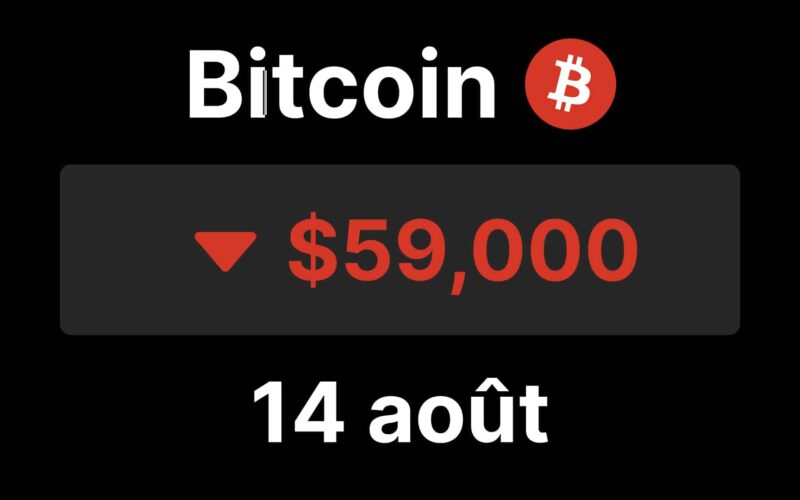The US Inflation Report for July: Modest Increase in Consumer Prices
The July report on inflation in the United States, published today, revealed a 0.2% increase in the Consumer Price Index (CPI).
This figure is in line with market expectations and marks an improvement compared to the 0.1% decline in June. On an annual basis, CPI increased by 2.9%, slightly below the forecasted 3% rate, but consistent with the rate observed in June.
Analysis of Core Inflation
Core CPI, which excludes volatile food and energy prices, also rose by 0.2% in July, in line with forecasts, and up from the 0.1% increase in June. On an annual basis, core CPI increased by 3.2%, matching expectations but slightly lower than the 3.3% rate observed in June.
Market Reaction and Bitcoin
Following the release of the report, the price of Bitcoin continued to rise modestly, reaching around $61,200 before turning downwards again, dropping below the $60,000 mark. The market’s initial reaction was moderate as the inflation report was largely anticipated and aligned with analysts’ expectations. The subsequent decline in Bitcoin’s price gradually slowed, stabilizing at around $59,100 at the time of writing this article.
Outlook for the Federal Reserve
The publication of the July CPI report does not significantly alter expectations regarding the decisions of the Federal Reserve at its upcoming meeting in September. According to the CME FedWatch, the probabilities of a 0.5% interest rate cut are slightly higher at 52.5%, compared to 47.5% for a 0.25% cut.
Prior to the report’s publication, the consensus was that a rate cut at the next Fed meeting was almost certain, with no chance of the rate remaining within its current range of 5.25% – 5.50%.
The July inflation report is one of several key economic indicators to watch this month. Tomorrow, markets are awaiting data on initial jobless claims and retail sales, which will provide further insights into the health of the U.S. economy. Later this month, the annual Fed meeting in Jackson Hole will be another crucial event, often used by Fed presidents to announce or test new monetary policy directions.




